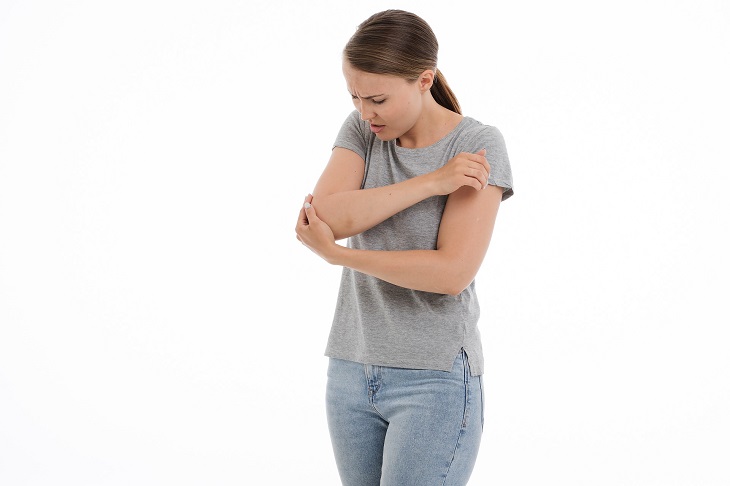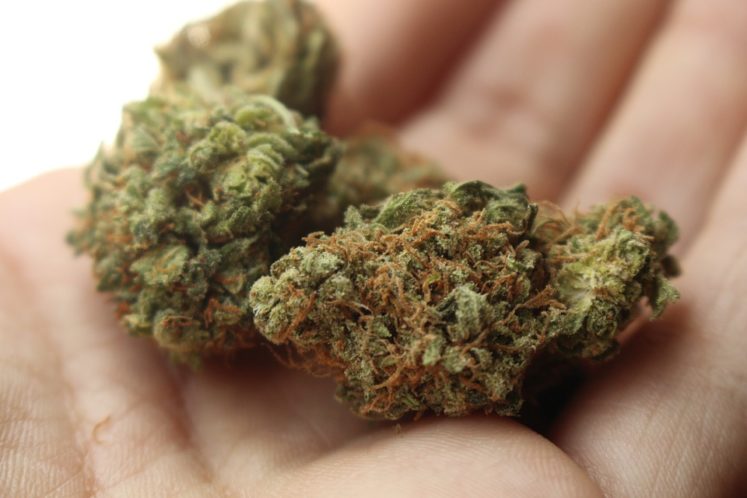Medical marijuana is used for many chronic conditions, one of which is arthritis in all its forms. Like many of the conditions that qualify patients for MMJ cards, the main course of action for those that suffer from arthritis is the management of their symptoms, which include joint pain and stiffness, among others. MMJ has been used by many arthritis sufferers to manage these symptoms. So how does marijuana help arthritis, exactly? Here’s what you need to know about MMJ and joint pain.
A bit of background on arthritis
Arthritis is a catch-all term for several distinctive conditions that cause swelling and tenderness in the joints, resulting in pain and stiffness. The two most common forms of arthritis are osteoarthritis and rheumatoid arthritis. Osteoarthritis causes the cartilage in your joints to break down, while rheumatoid arthritis is an autoimmune disease that causes your immune system to attack the joints, beginning with the linings of the joints, most commonly in the hands and wrists.
In both cases, the course of treatment is to manage the symptoms of arthritis to make the patient more comfortable, which often involves reducing pain and inflammation. This is where the relationship between MMJ and arthritis comes into play.
Can marijuana help arthritis?
If you’ve been wondering “Can marijuana help joint pain?”, the answer is yes! Medical marijuana helps with arthritic joint pain by targeting the two main symptoms: pain and inflammation. When taking medical marijuana, the phytocannabinoids it contains (specifically THC) bind to the cannabinoid receptors of your brain, producing euphoria and pain relief. Additionally, these same phytocannabinoids (specifically CBD) help reduce swelling and inflammation in different parts of the body, including joints.
Interestingly, rheumatoid arthritis causes the body to release inflammatory proteins into the joints, including cytokines, chemokines, nitric oxide synthetase, and by-products of arachidonic acid. These in turn causes the body to produce and release endocannabinoids – the chemicals that bind to the same cannabinoid receptors as THC. Why would the body release ECs as part of the inflammatory response while people use MMJ to combat it? Supposedly, it’s the body’s natural way to try to reduce this inflammation, meaning the phytocannabinoids in medical marijuana actually boost the body’s own natural anti-inflammatory response.

The main symptom of arthritis is joint pain. So can marijuana help joint pain? Let’s find out!
How does marijuana help arthritis patients?
1) Pain relief
The interaction of THC, CBD and other phytocannabinoids with cannabinoid receptors leads to generalized pain reduction. The euphoric effects of THC have also been held up as reducing the painful symptoms of both rheumatoid arthritis and osteoarthritis, even if only through distraction.
2) Inflammation reduction
More notable in the application against rheumatoid arthritis than osteoarthritis, the phytocannabinoids in medical marijuana are believed to help reduce inflammation, specifically in arthritic joints which show an elevated level of ECs. CBD is considered by some to be more effective for inflammation reduction, but current thinking tends to accept that the naturally balanced levels of unprocessed marijuana rather than extracts are the best option for most people.
3) Prevention of nerve damage
Most studies into MMJ and arthritis aren’t carried out on humans due to the ongoing federal ban, but one animal-based study found that “prophylactic CBD treatment prevented the later development of pain and nerve damage in… [osteoarthritis] joints.”
4) Reduced side effects
Medical marijuana certainly isn’t without side effects. Many might consider the “high” from THC and resulting physiological reactions, such as increased heart rate, as major issues – not to mention the potential dangers of consuming MMJ via smoking. However, the physical side effects are considered minor compared to those of other drugs like NSAIDs (e.g. aspirin, ibuprofen), which in strong doses can cause long-term damage to major organs.
What are the best strains?
The MMJ strains most appropriate for arthritis depend on the individual user’s needs. Generally speaking, there are two strains that you’ll come across: cannabis sativa, with high CBD levels, and cannabis indica, with more THC. Research increasingly indicates that a balance of phytocannabinoids could prove the most effective route to take, but those looking to avoid the psychoactive effects of THC may wish to consider getting a strain with higher levels of CBD.

MMJ and joint pain relief go hand in hand if you have the right strain.
How can arthritis sufferers get an MMJ card?
Arthritis is possibly the most common reason for a patient to get an MMJ card, which makes it a relatively easy process, especially when applying online through a platform like MMJ Recs. MMJ Recs allows the patient to complete the entire process from their own home and without having to deal with their normal GP. The first step to acquiring an MMJ card is getting a letter of recommendation from a registered medical practitioner. Through MMJ Recs, this can be done by completing an online medical form (along with the appropriate attachments), then having a conversation with a medical professional via video chat to determine your eligibility. If they believe medical marijuana is right for you, your letter of recommendation can be sent almost immediately, which is then used to secure your MMJ card to be used in dispensaries.
When it comes down to it, we don’t know all of the connections between MMJ and joint pain. However, there is a growing base of evidence that MMJ can manage pain and reduce inflammation for arthritis patients, and all with fewer side effects than other drugs.
